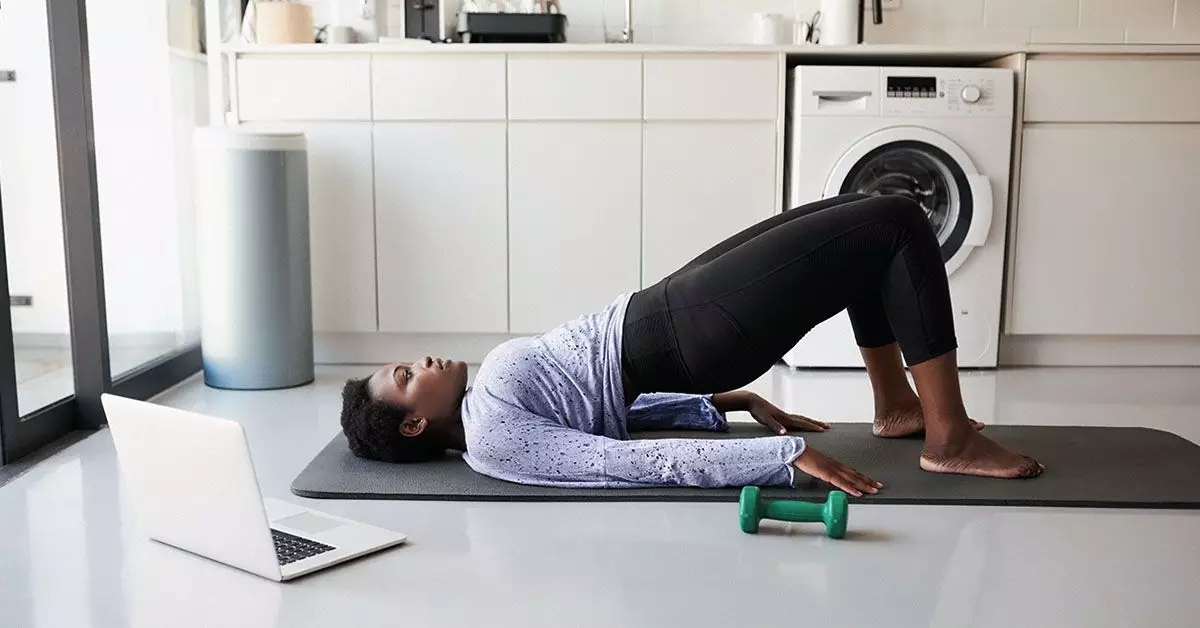Endometriosis is a complex condition characterized by the growth of tissue similar to the endometrium outside the uterus. This condition affects millions of individuals globally and is often accompanied by debilitating symptoms, including chronic pelvic pain, heavy menstrual periods, and potential complications with fertility. Understanding the multifaceted nature of endometriosis is vital, as its impact is far-reaching and must be addressed from multiple angles, including genetic predispositions, hormonal influences, and immune system responses.
One lesser-known aspect of endometriosis is its connection to pelvic floor dysfunction (PFD). This dysfunction occurs when the pelvic muscles become overly tense or unbalanced, often exacerbated by the ongoing pain and the presence of scar tissue from endometriosis. With the pelvic floor muscles working hard to compensate for chronic discomfort, a cycle of muscle tightness and pain can ensue. This relationship not only intensifies the pain associated with endometriosis but can also lead to a range of discomforting symptoms, such as urinary issues and bowel complications.
Research indicates that while a direct causative link between pelvic floor exercises and endometriosis alleviation is not firmly established, engaging in pelvic floor muscle training can empower individuals and enhance self-management of their condition. Studies suggest that these exercises can build a person’s core strength and stability, potentially mitigating some of the symptoms associated with both PFD and endometriosis.
A small 2024 study involving 41 women with endometriosis highlighted the psychological benefits derived from group pelvic floor exercise sessions. The participants reported an increased sense of belonging and empowerment during these workouts, which gave them better tools to manage their symptoms. This group dynamic can foster camaraderie and provide emotional support, equally as important as the physical aspects of managing a chronic condition.
The emphasis on community within these exercise groups can shift the focus from merely enduring the condition to actively engaging with it. By participating in structured exercises, individuals may cultivate a greater sense of agency over their health, which is particularly crucial for those navigating the often isolating effects of chronic pain.
When it comes to managing both endometriosis and associated pelvic floor dysfunction, specific exercises can be particularly beneficial. These movements typically aim to relax and strengthen pelvic floor muscles, emphasizing a holistic approach to pelvic health. Engaging in these exercises can provide immediate relief and facilitate long-term health benefits if done mindfully.
Prior to beginning any exercise routine, individuals should prioritize relaxation and mindfulness, especially when experiencing pain. It is recommended to collaborate with a pelvic floor physical therapist for guidance personalized to individual needs. Doing so not only ensures effective exercise execution but also minimizes the risk of exacerbating already tense muscles.
**Kegel Exercises**: Kegel exercises are pivotal in strengthening the pelvic floor. These can be performed in various positions—sitting, standing, or lying down. When initiating a Kegel, one should visualize stopping the flow of urine. Squeezing these muscles tightly, holding for 3 to 5 seconds, and then releasing can build the required strength over time. Individuals are encouraged to gradually work up to more repetitions as comfort and capability increase.
**Child’s Pose**: This gentle yoga position can stretch and relax the lower back, hips, and pelvic floor, making it an excellent choice for individuals experiencing discomfort. By resting in this pose, one can focus on deep breathing and letting go of tension, crucial for those dealing with pain from endometriosis.
**Bridge Pose**: This exercise involves lying on the back with knees bent and feet flat on the ground. By contracting the pelvic floor and buttock muscles, one can lift the pelvis off the ground, engaging crucial muscle groups. This pose not only contributes to pelvic floor strength but also aids in lower back relief.
Navigating endometriosis and pelvic floor dysfunction requires a multifaceted approach that includes appropriate medical care, physical therapy, and exercise. Those suffering from such conditions should consider consulting with healthcare providers for an accurate diagnosis and tailored treatment strategies. Integrating pelvic floor exercises can not only help mitigate the symptoms associated with endometriosis but also foster a sense of empowerment, community, and wellbeing. By prioritizing self-care, individual health management can lead to improvements in both physical and emotional health, ultimately creating a path toward better quality of life.

